Limitations
The detection likelihoods, calculated as the mathematical equivalent of a two-parameter fit, can be low if very few source counts are distributed across many images, and faint sources may be lost due to purely statistical reasons. The effect is largely, but not fully compensated by the refined box-detection strategy and source-selection criteria used to construct the stacked catalogue.
Although the number of spurious detections is likely reduced by stacked source detection with respect to the individual observations, spurious detections for example along instrumental features, stray light, or residuals in the PSF fit to bright sources have entered the catalogue. They are partly owed to the more flexible criterion of a sufficiently high detection likelihood during at least one contributing observation to transfer a detection to the catalogue. Many of them have been identified by visual inspection of the images and flagged. They can be excluded by choosing sources with STACK_FLAG≤1. The automated quality flags set by a modified version of the task dpssflag warn the users about low detector coverage of a source, possible source confusion, a source position on known bad pixels, exceptionally large detection likelihood in a single image, and possibly spurious extended sources. A filtering expression on a total detection likelihood above six helps to further decrease the amount of potentially spurious detections at the expense of losing transient sources.
High-proper motion objects are not uniquely recovered by stacked source detection, because the algorithm is not designed to follow position changes between observations. They show up as several seemingly long-time variable objects in the catalogue and need to be identified manually or via comparison with astrometric catalogues.

